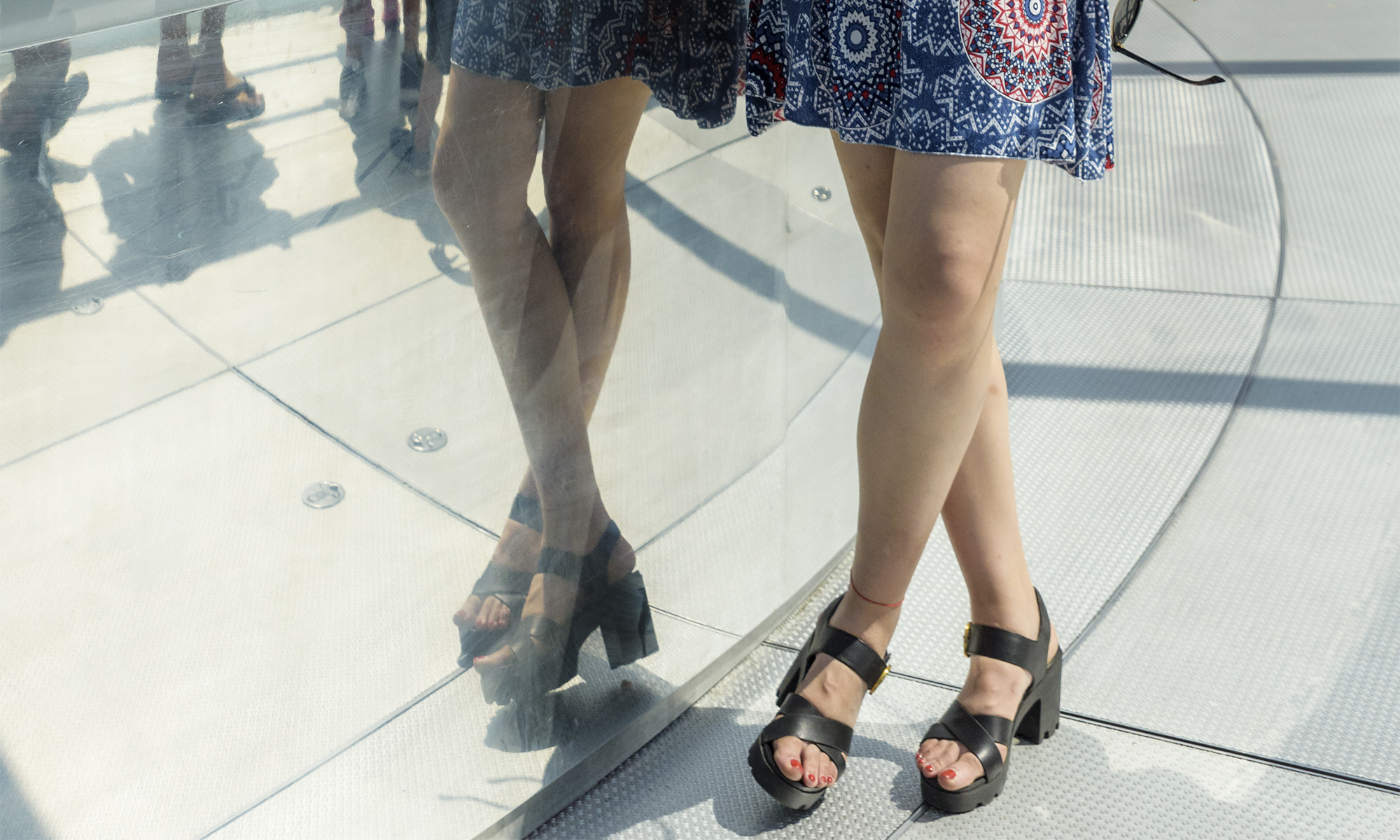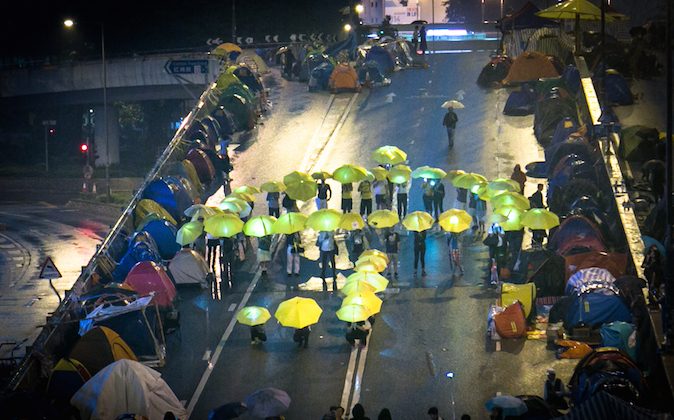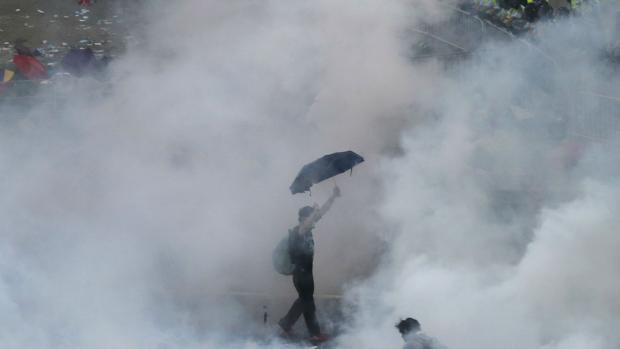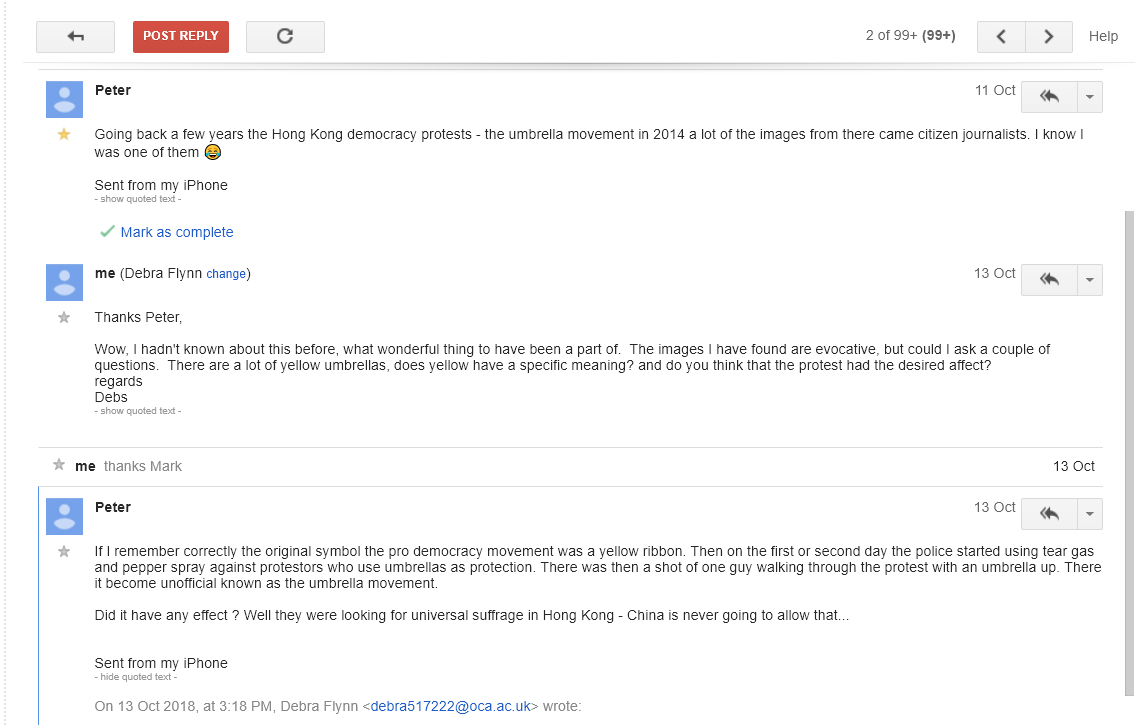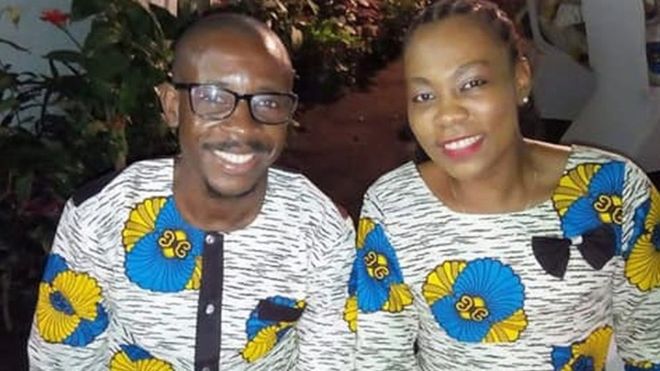
This image just came up in my facebook feed: it was taken just a few days ago by a photojournalist in Gaza, Palestine. I think this demonstrates beautifully the distinction between photojournalism and art.
The image went viral on social media, such as twitter because of is likeness to a famous painting by Delacroix’s, Liberty Leading the People.

The first article I read about this focused more on the asethics of the image and likeness to the artwork than the real story and context in which this image was taken and that shocked me!
But having researched more, it seems that the argument about art versus reality is allowing other writers to push forward the realities of this very real modern day struggle.
Another article by the Independent argues that we should not be romanticising about this and gives a more balanced report.
The Aljazeera News told how Laleh Khalili, a SOAS University professor person, who posted the image on twitter also linked it to Delcroix’s painting generating agreement from other users and ‘creating the narrative’.

Like Dorothea Lange’s migrant mother, the man in the image, Aed Abu Amro, may not personally benefit from this image, but he may indirectly bring the situation to a wider audience.
As it was reported that this idea of ‘liberty’ has been floated before in Gaza, one one wonders if like Lange, the photographer was sent out with list of images to get. After all it is quite clear from the google search that many people carry flags whilst they are protesting!
